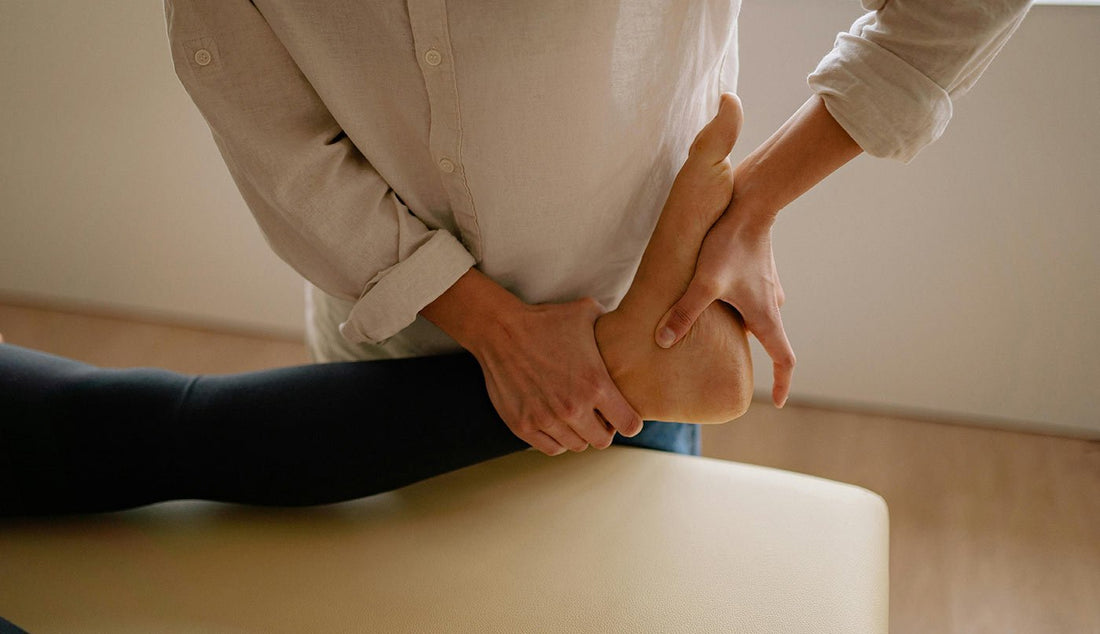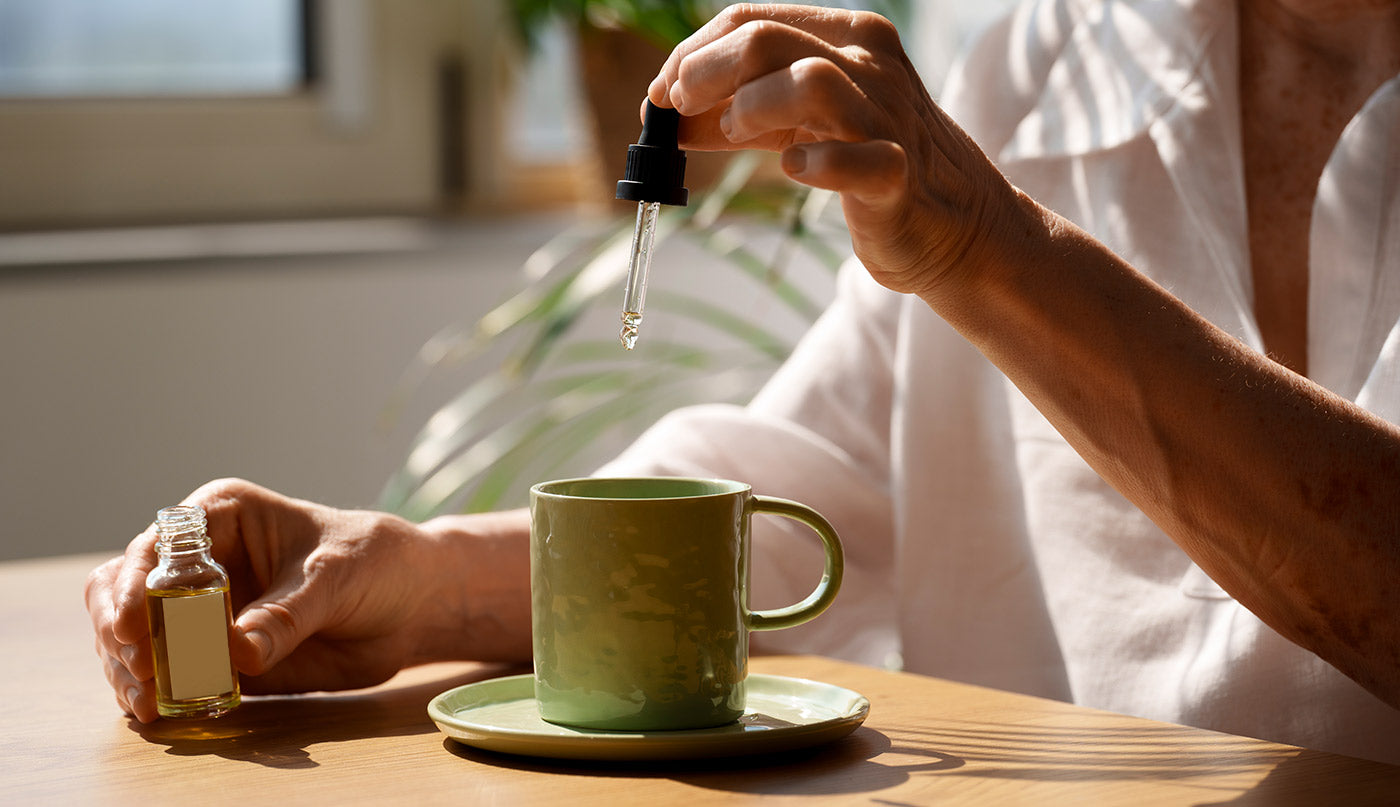
Diabetic Nerve Pain: Comprehensive Therapies and Treatment Options
Diabetic nerve pain, also known as diabetic neuropathy, is a common complication of diabetes that affects a significant portion of the population in Australia. This condition results from long-term high blood sugar levels, which can damage nerves throughout the body, leading to a range of symptoms like pain, tingling, numbness, and even muscle weakness.
In Australia, more than 1.3 million people are living with diabetes, and it’s estimated that up to 50% of them may develop some form of diabetic neuropathy during their lifetime.
What is Diabetic Neuropathy?
Diabetic neuropathy is a type of nerve damage that can occur in people with diabetes, particularly if their blood sugar levels are not well controlled over time. There are several types of diabetic neuropathy:
- Peripheral Neuropathy - The most common type, affecting the feet and legs first, and sometimes the hands and arms.
- Autonomic Neuropathy - Affects the autonomic nervous system, which controls functions like heart rate, digestion, and bladder control.
- Proximal Neuropathy - Causes pain in the thighs, hips, or buttocks and can lead to muscle weakness.
- Focal Neuropathy - Sudden nerve damage that can cause pain or weakness in a specific area of the body, often in the head, torso, or legs.
Symptoms of Diabetic Neuropathy can range from mild tingling and numbness to severe pain or weakness in affected areas. If left untreated, neuropathy can lead to serious complications, including infections, ulcers, or amputations, particularly in the feet.
Conventional Treatments for Diabetic Nerve Pain
Conventional treatments for diabetic nerve pain aim to manage symptoms, prevent further nerve damage, and improve quality of life. In Australia, these treatments are widely available through healthcare providers and diabetes specialists.
1. Blood Sugar Control
The cornerstone of treating diabetic neuropathy is tight blood sugar control. Keeping blood glucose levels within the target range can slow the progression of nerve damage and reduce the severity of symptoms. Many people with diabetes use a combination of lifestyle changes, such as diet and exercise, alongside medications like insulin or oral hypoglycaemic agents to achieve this.
A study published by Diabetes Australia highlights that maintaining good blood glucose control can reduce the risk of developing diabetic neuropathy by up to 60%.
2. Medications for Pain Relief
Several medications are commonly prescribed to manage the pain associated with diabetic neuropathy, though they don’t reverse the nerve damage itself.
-
Antidepressants: Certain antidepressants, like duloxetine or amitriptyline, are often used to relieve nerve pain, even in people without depression. These medications work by affecting chemical pathways in the brain that influence how pain is perceived.
-
Anti-seizure Medications: Drugs like gabapentin and pregabalin (marketed as Lyrica) are commonly used to treat nerve pain. These medications help reduce the abnormal firing of nerves that causes pain in diabetic neuropathy.
-
Topical Treatments: Topical creams or patches containing capsaicin (derived from chilli peppers) or lidocaine can be applied directly to the painful areas to provide localised pain relief.
-
Opioid Medications: In severe cases, opioid analgesics may be prescribed for short-term relief of intense pain, but these come with the risk of dependency and are typically avoided for long-term management.
3. Physical Therapy
Physical therapy plays an essential role in managing diabetic neuropathy, particularly in preventing the loss of strength and mobility. Physiotherapists in Australia, accredited by the Australian Physiotherapy Association (APA), help patients with diabetic neuropathy develop exercise routines that improve balance, circulation, and muscle strength.
4. Foot Care
For people with diabetic neuropathy, especially peripheral neuropathy, taking care of their feet is crucial to avoid ulcers, infections, and amputations. Regular foot exams by a podiatrist, proper footwear, and daily foot inspections are recommended by Diabetes Australia to prevent complications.
5. Surgery
In rare cases, surgery may be required to relieve pressure on a nerve, particularly in instances of entrapment neuropathy. However, surgery is usually a last resort when other therapies have failed.
Alternative Treatments for Diabetic Nerve Pain
As more Australians seek integrative approaches to managing their health, alternative therapies for diabetic nerve pain are becoming increasingly popular. These treatments, often used in conjunction with conventional methods, can offer additional relief without the side effects associated with medications.
1. Acupuncture
Acupuncture, an ancient Chinese therapy involving the insertion of thin needles into specific points on the body, has been shown to improve circulation and reduce pain in people with diabetic neuropathy. According to a study conducted by Western Sydney University, patients who received acupuncture reported a reduction in pain and improvement in nerve function compared to those receiving standard care alone.
2. Chiropractic Care
Chiropractic care focuses on spinal alignment and the nervous system. Some patients with diabetic nerve pain find relief through spinal adjustments, which can alleviate pressure on certain nerves. The Chiropractic Board of Australia recommends consulting a registered chiropractor to discuss whether chiropractic care is suitable for managing diabetic neuropathy.
3. Massage Therapy
Massage therapy is often used to relieve tension, improve circulation, and manage pain associated with diabetic neuropathy. Regular massage can help stimulate blood flow to affected areas, such as the feet and legs, which may reduce discomfort. According to Massage & Myotherapy Australia, this therapy is most effective when combined with other treatments like physiotherapy.
Natural Therapies for Diabetic Nerve Pain
Natural therapies focus on non-invasive, holistic approaches to managing diabetic nerve pain. These treatments are often based on herbal remedies, dietary supplements, and lifestyle changes that promote overall well-being.
1. Herbal Supplements
Several herbal supplements have been studied for their potential benefits in treating diabetic neuropathy. While more research is needed, these natural remedies may offer relief for some patients.
-
Alpha-Lipoic Acid (ALA): A powerful antioxidant, ALA has been shown to reduce pain, burning, and numbness associated with diabetic neuropathy. It works by reducing oxidative stress and improving blood flow to nerves. According to a review by The Australian Diabetes Society, ALA is considered a safe and potentially effective supplement for nerve pain.
-
Evening Primrose Oil: Rich in gamma-linolenic acid (GLA), evening primrose oil has anti-inflammatory properties and may help reduce nerve pain and improve nerve function in people with diabetic neuropathy.
-
Turmeric: Known for its anti-inflammatory properties, turmeric contains curcumin, which may help reduce inflammation and improve nerve function. Some patients use turmeric supplements to manage diabetic nerve pain, though it’s essential to consult a healthcare professional before starting any herbal treatment.
- Natural medicine: Has gained attention as a potential treatment option for managing diabetic nerve pain due to its effects on pain and inflammation. These medicines contain compounds which interact with the body's endocannabinoid system - a network of receptors involved in regulating pain, inflammation, and various physiological processes.
2. Nutritional Supplements
Certain vitamins and minerals are critical for nerve health, and deficiencies can exacerbate diabetic nerve pain. Supplements that may benefit people with diabetic neuropathy include:
-
Vitamin B12: A deficiency in B12 can worsen neuropathy symptoms. Supplementing with B12, particularly in people with low levels, can help improve nerve function and reduce pain.
-
Magnesium: Magnesium helps regulate nerve function and has been shown to reduce muscle cramps and spasms associated with neuropathy.
-
Omega-3 Fatty Acids: Found in fish oil, omega-3 fatty acids are known for their anti-inflammatory properties and may help reduce nerve pain and improve nerve health.
3. Exercise and Yoga
Regular physical activity, including low-impact exercises like walking, swimming, and yoga, can help manage diabetic neuropathy symptoms. Exercise improves blood circulation, strengthens muscles, and can reduce the risk of further nerve damage. Yoga, in particular, has been shown to reduce pain, improve flexibility, and enhance overall well-being in people with diabetes.
Expert Insights and Data from Australia

Dr. Peter Colman, an endocrinologist with Diabetes Australia, emphasizes the importance of a multidisciplinary approach to managing diabetic neuropathy.
“While medications play a role in managing pain, addressing the root cause by controlling blood sugar levels is paramount. Combining conventional treatments with alternative therapies can lead to better long-term outcomes.”
A study conducted by The Baker Heart and Diabetes Institute in Melbourne found that up to 30% of people with diabetes in Australia experience significant nerve pain, with a greater prevalence in those with poor glycaemic control. The study also highlighted the increasing use of complementary therapies such as acupuncture and nutritional supplements among patients seeking more holistic treatment options.
According to The Australian Institute of Health and Welfare (AIHW), the prevalence of diabetes in Australia continues to rise, making diabetic neuropathy a growing concern for healthcare providers and patients alike. Education, early intervention, and a broad range of treatment options are key to managing the condition effectively.
Summary: Personalising Treatment for Diabetic Nerve Pain
Diabetic neuropathy is a complex and potentially debilitating condition, but with the right combination of therapies, many patients can manage their symptoms and improve their quality of life.
Whether opting for conventional treatments like medications and physiotherapy or exploring alternative therapies such as acupuncture and herbal supplements, the goal is to develop a personalised treatment plan.

